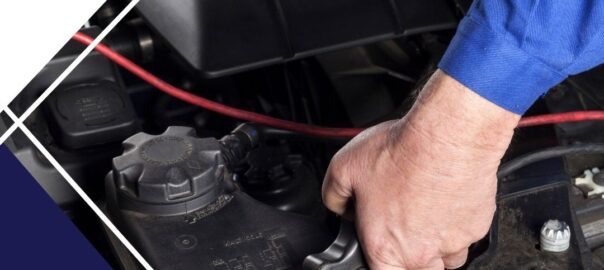A dead battery can happen to anyone, anywhere—from busy city streets to remote highways. Fortunately, vehicle jump start services are designed to get you back on the road quickly. But not all jump starts are created equal. The type of vehicle plays a big role in how the service is performed, the equipment required, and the level of risk involved. Whether you drive a compact sedan or a massive semi-truck, understanding how jump start applications vary across vehicles can make all the difference.
Jump Starting Sedans and Compact Cars
For standard passenger cars like sedans, the jump start process is fairly straightforward. These vehicles typically run on a single 12-volt battery. All that’s usually needed is a second vehicle with a good battery and a set of jumper cables—or a portable jump starter. Sedans are the most common recipients of jump start services, especially in colder climates or after long periods of inactivity.
SUVs and Pickup Trucks: Heavier Power Demand
SUVs and pickup trucks, while similar to sedans in battery voltage, often require more power due to larger engines and extra electronics. Portable jump starters for these vehicles must provide higher cranking amps. In some cases, a standard car may not be strong enough to jump-start a large truck, making a heavy-duty service vehicle or professional jump box a better choice.
Diesel Vehicles and Commercial Trucks
Diesel-powered vehicles, such as work vans or delivery trucks, usually come with two 12-volt batteries or a single 24-volt system. These setups demand higher voltage and amperage for a successful vehicle jump start. Professional-grade equipment is crucial here, and attempting a jump start with inadequate tools can lead to damage or failure.
Semi-Trucks and Fleet Vehicles
Semi-trucks and other heavy-duty fleet vehicles present the most complex jump start challenges. Their electrical systems can be highly specialized, and improper techniques can be costly. Roadside assistance professionals typically use industrial-grade jump packs and are trained to handle high-voltage systems safely.
One Solution Doesn’t Fit All
From the family car in the garage to a semi-truck stalled on the highway, the right vehicle jump start method depends on the vehicle type and power requirements. Always assess the situation or call a trusted professional who understands the nuances of your specific vehicle. Being prepared and informed is the first step to staying safe—and mobile—when battery trouble strikes.
READ MORE:
Top Situations Where a Vehicle Jump Start Is Essential
How to Perform a Safe Vehicle Jump Start on Different Car Types

